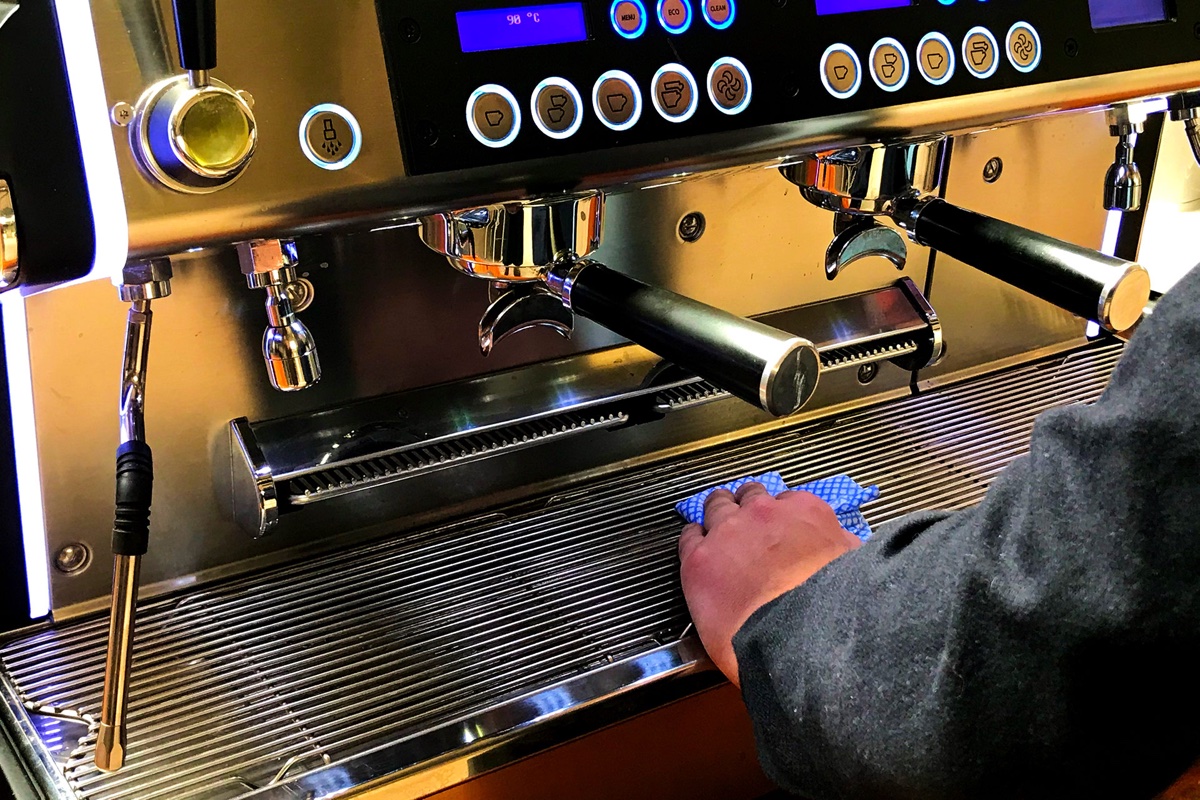

Articles
How To Clean A Commercial Coffee Machine
Modified: February 26, 2024
Discover effective cleaning techniques for your commercial coffee machine with our informative articles. Keep your equipment in top shape and ensure a perfect brew every time.
(Many of the links in this article redirect to a specific reviewed product. Your purchase of these products through affiliate links helps to generate commission for Storables.com, at no extra cost. Learn more)
Introduction to Cleaning a Commercial Coffee Machine
A commercial coffee machine is an essential piece of equipment in any coffee shop, café, or restaurant. It helps to produce high-quality coffee beverages and serves as the backbone of your business. However, to ensure consistent and excellent coffee flavor, it is crucial to keep your coffee machine clean and well-maintained. Regular cleaning not only prolongs the lifespan of your machine but also improves the taste and quality of the coffee it produces.
Coffee machines, especially those used in commercial settings, are prone to the buildup of coffee residues, oils, and minerals. If left uncleaned, these substances can negatively impact the flavor of your coffee and even clog the brewing components, affecting the machine’s performance. Therefore, implementing a thorough cleaning routine is necessary to maintain the efficiency and longevity of your commercial coffee machine.
Proper cleaning and maintenance involve various steps, including cleaning the exterior of the machine, removing and cleaning brewing components, descaling the machine, sanitizing the water tank, and cleaning the steam wand and milk frother. Each of these steps plays a crucial role in ensuring the cleanliness and hygiene of your coffee machine.
By regularly cleaning your commercial coffee machine, you not only guarantee the quality of your coffee but also prioritize the health and safety of your customers. A clean machine promotes a pleasant atmosphere and reflects positively on your establishment’s professionalism and attention to detail.
In the following sections, we will provide you with a step-by-step guide on how to clean a commercial coffee machine effectively. We will cover each aspect of the cleaning process, from preparing the machine for cleaning to reassembling it after the cleaning is complete. By following these instructions, you can maintain a clean, efficient, and reliable coffee machine that consistently produces exceptional coffee beverages. Let’s get started!
Key Takeaways:
- Regular cleaning and maintenance of a commercial coffee machine is crucial for optimal performance, longevity, and hygiene. It ensures consistent, high-quality coffee flavor and reflects professionalism in your establishment.
- Proper cleaning, descaling, and sanitization of the coffee machine’s exterior, brewing components, and water tank are essential for delivering exceptional coffee beverages. Regular maintenance and staff training contribute to a thriving coffee business.
Read more: Which Commercial Coffee Machine Is The Best
Understanding the Importance of Regular Cleaning
Cleaning a commercial coffee machine on a regular basis is crucial for several reasons. First and foremost, regular cleaning ensures that your coffee machine operates at its optimal performance level. Over time, coffee residues, oils, and minerals can build up inside the brewing components, affecting the taste and quality of your coffee. Regular cleaning prevents this buildup, allowing your machine to consistently produce delicious, flavorful coffee.
Furthermore, keeping your coffee machine clean extends its lifespan. Coffee residues and mineral deposits can gradually deteriorate the internal components of the machine, leading to malfunctions and reduced performance. By regularly cleaning and maintaining your coffee machine, you can increase its longevity and avoid costly repairs or replacements.
A clean coffee machine also promotes hygienic practices in your establishment. Bacteria and mold can thrive in the moist environment of a coffee machine, especially in areas like the water tank or steam wand. Regular cleaning helps eliminate these harmful microorganisms and ensures that your coffee is safe for consumption. This is particularly important when considering the health and well-being of your customers.
Moreover, a clean coffee machine enhances the overall customer experience. A dirty or poorly maintained machine can leave a negative impression on customers, giving the impression of a lack of care or attention to detail in your establishment. On the other hand, a clean and well-maintained coffee machine conveys professionalism and creates a welcoming ambiance for your customers.
It is also worth noting that regular cleaning helps to prevent clogs and blockages in the brewing components. Coffee grounds and residue can accumulate in the filters, group heads, and other parts of the machine, leading to poor water flow and uneven extraction. By cleaning these components regularly, you ensure that the brewing process is efficient and consistent, resulting in better-tasting coffee.
Overall, regular cleaning of your commercial coffee machine is vital for maintaining its performance, longevity, and hygiene. By incorporating a comprehensive cleaning routine into your daily or weekly maintenance tasks, you can ensure that your coffee machine produces exceptional coffee beverages and delivers a superior experience for your customers. In the next section, we will guide you through the process of preparing your coffee machine for cleaning.
Preparing the Coffee Machine for Cleaning
Before you begin the cleaning process, it is important to properly prepare your commercial coffee machine. This involves a few simple steps to ensure that the machine is ready for a thorough cleaning. Follow these steps to prepare your coffee machine:
- Turn off the machine: Start by turning off the coffee machine to prevent any accidents or damage during the cleaning process. Make sure it is completely powered off and disconnected from any electrical sources.
- Remove and dispose of any remaining coffee or grounds: Empty the coffee grounds from the portafilter, group heads, and any other brewing components. Dispose of the coffee grounds in a designated waste container.
- Remove any detachable parts: If your coffee machine has removable parts such as the drip tray, water tank, or other accessories, take them out and set them aside for cleaning separately.
- Check the machine’s manual: Refer to the manufacturer’s manual or instructions to familiarize yourself with any specific guidelines or precautions for cleaning your particular model of commercial coffee machine.
- Gather cleaning supplies: Collect all the necessary cleaning supplies, including a microfiber cloth, cleaning brush, cleaning solution or detergent specifically formulated for coffee machines, and descaling solution if needed. Make sure the cleaning products are suitable and safe for use on your machine.
- Prepare the cleaning solution: If you are using a cleaning solution or detergent, follow the instructions on the packaging to prepare the appropriate concentration. Dilute it with water if required.
- Ensure proper ventilation: If you are using any cleaning products that may emit strong fumes, make sure the area is well-ventilated by opening windows or doors.
By preparing your commercial coffee machine properly, you ensure a smooth and effective cleaning process. This step sets the stage for removing coffee residues, oils, and other buildup from the machine’s various components. In the next sections, we will guide you through cleaning the exterior of the machine and the brewing components, providing detailed instructions for each step of the process.
Cleaning the Exterior of the Machine
The exterior of your commercial coffee machine is the first thing that customers see when they approach your coffee station. Keeping it clean not only contributes to a clean and professional image but also prevents the accumulation of dirt and grime that can impact the machine’s performance. Here’s how you can clean the exterior of your coffee machine:
- Wipe down the surfaces: Start by using a damp microfiber cloth to wipe down all the surfaces of the coffee machine. This includes the body, control panel, buttons, and any other accessible areas. Make sure to remove any stains, spills, or fingerprints that may have accumulated.
- Clean the steam wand and milk frother: If your machine has a steam wand or milk frother, give them extra attention as they can collect milk residue. Use a clean damp cloth or sponge to wipe down these components, removing any milk residue or residue. If necessary, use a small cleaning brush to reach into the crevices and remove any stubborn buildup.
- Pay attention to the drip tray and water tray: The drip tray and water tray are areas that often collect spills and residue. Remove these trays and empty any liquid or debris. Clean them thoroughly with warm soapy water, rinse, and dry them before placing them back into the machine.
- Buff the surfaces: Once you have wiped down all the surfaces and components, use a dry microfiber cloth to buff and polish the exterior of the machine. This will remove any remaining moisture and leave a clean, shiny finish.
- Check for any hidden areas: It is important to check if there are any hidden areas on your coffee machine that may require cleaning. This includes crevices, vents, or other areas where dirt and dust can accumulate over time. Use a cleaning brush or cotton swabs to clean these hard-to-reach areas.
Remember to always refer to the manufacturer’s guidelines for cleaning your specific model of coffee machine. Some machines may have specific recommendations or restrictions regarding cleaning agents or techniques.
By regularly cleaning the exterior of your commercial coffee machine, you maintain a clean and inviting appearance, projecting a positive image to your customers. Furthermore, a clean exterior makes it easier to identify any potential issues or malfunctions that may require attention. In the next section, we will focus on the importance of cleaning the brewing components of your coffee machine.
Cleaning the Brewing Components
The brewing components of your commercial coffee machine play a critical role in coffee extraction and flavor. It is essential to keep these components clean to ensure optimal performance and consistently delicious coffee. Here’s how you can clean the brewing components:
- Remove the portafilter and filter basket: Start by removing the portafilter and filter basket from the machine. These components are responsible for holding the coffee grounds and extracting the flavor. Rinse them with warm water to remove any residual coffee grounds.
- Scrub the portafilter: Use a cleaning brush specifically designed for coffee machines to scrub the inside and outside of the portafilter. This will remove any oils and residue that might have accumulated. Pay special attention to the spout and the seal around the basket.
- Clean the group heads: The group heads are where the portafilter attaches to the machine. Use a damp cloth or sponge to wipe down the group heads and remove any coffee particles or residue. Make sure to also clean the gasket and shower screen if accessible.
- Soak the portafilter and filter basket: Prepare a solution of warm water and a coffee-specific cleaning detergent. Submerge the portafilter and filter basket in the solution and let them soak for the recommended amount of time. This will help remove any stubborn oils and residue.
- Rinse and dry: After soaking, rinse the portafilter and filter basket thoroughly with clean water to remove any cleaning solution. Dry them with a clean cloth or allow them to air dry before reassembling.
- Check the drip tray and group head gaskets: While cleaning the brewing components, it’s an excellent time to check the drip tray for any trapped coffee grounds or debris. Remove and clean the drip tray as needed. Also, inspect the group head gaskets for wear or damage and replace them if necessary.
Regularly cleaning the brewing components ensures that you remove any coffee residue, oils, or mineral buildup that can affect the taste and quality of your coffee. By maintaining clean brewing components, your coffee machine will consistently deliver exceptional coffee flavor and aroma.
In the next section, we will discuss the importance of descaling your commercial coffee machine to remove mineral deposits and promote optimal performance.
Descaling the Coffee Machine
Over time, mineral deposits from the water can accumulate inside your commercial coffee machine, affecting the performance and taste of your coffee. Descaling is the process of removing these mineral deposits and is an essential step in maintaining your coffee machine’s functionality. Here’s how you can descale your coffee machine:
- Consult the machine’s manual: Before starting the descaling process, refer to the manufacturer’s manual for specific instructions on descaling your particular model of coffee machine. This will ensure that you follow the recommended procedure and use the appropriate descaling solution.
- Prepare the descaling solution: Purchase a descaling solution that is safe for use on coffee machines. Follow the instructions on the packaging to prepare the correct concentration of descaling solution and mix it with water if necessary.
- Pour the descaling solution into the water tank: Empty and clean the water tank of your coffee machine. Pour the prepared descaling solution into the water tank, following the instructed amount specified by the manufacturer.
- Run the descaling cycle: Start the descaling cycle as instructed in the machine’s manual. This will typically involve running a brew cycle without coffee grounds, allowing the descaling solution to pass through the machine’s internal components. Make sure to have a container ready to collect the descaling solution as it flushes out of the machine.
- Rinse thoroughly: After the descaling cycle is complete, rinse the coffee machine thoroughly by running multiple cycles of clean water. This will help remove any residual descaling solution and ensure that your coffee is not contaminated.
- Clean and sanitize the water tank: Empty the water tank again and rinse it thoroughly with clean water. Use a mild detergent or cleaning solution to scrub the inside of the water tank to remove any remaining residue. Rinse it again to ensure that it is clean and ready for use.
- Reassemble and run a test brew: Once the coffee machine is thoroughly rinsed and cleaned, reassemble all the components, including the portafilter, filter basket, and any detachable parts. Run a test brew with fresh water to ensure that the descaling process did not leave any taste or odor in the machine.
Descaling your commercial coffee machine at regular intervals will help remove mineral deposits and maintain optimal performance. The frequency of descaling will depend on the hardness of your water and the manufacturer’s recommendations. Be sure to monitor the condition of your machine and descale it as needed to keep it functioning at its best.
In the next section, we will discuss the importance of cleaning and sanitizing the water tank of your coffee machine.
Regularly descale your commercial coffee machine to remove mineral deposits and ensure optimal performance. Use a commercial descaling solution and follow the manufacturer’s instructions for best results.
Cleaning and Sanitizing the Water Tank
The water tank of your commercial coffee machine plays a crucial role in delivering clean and fresh water for brewing coffee. Regular cleaning and sanitization of the water tank are essential to ensure the quality and hygiene of the water used in your coffee preparation. Follow these steps to clean and sanitize the water tank:
- Empty the water tank: Start by removing any remaining water from the tank. Pour out the water and discard it.
- Remove the water tank: Depending on the design of your coffee machine, you may need to detach the water tank from the machine. Follow the manufacturer’s instructions to safely remove the tank without causing any damage.
- Wash with warm soapy water: Fill a sink or basin with warm water and add a small amount of mild dish soap. Place the water tank in the soapy water and use a clean sponge or cloth to scrub the inside and outside of the tank. Pay special attention to any hard-to-reach areas or corners where bacteria or residue may accumulate.
- Rinse thoroughly: After scrubbing the tank, rinse it thoroughly with clean water to remove any soap residue. Make sure there are no lingering suds or residue left behind.
- Sanitize the water tank: Fill a container with a mixture of water and a food-safe sanitizer, following the instructions on the sanitizer’s packaging. Submerge the water tank in the sanitizer solution, ensuring that it is fully covered. Allow the tank to soak for the recommended amount of time to kill any bacteria or germs present.
- Rinse again: Once the sanitization process is complete, thoroughly rinse the water tank with clean water to remove any sanitizer residue. This step is important to prevent any residual taste or odor from transferring to the water used in brewing.
- Dry and reattach the water tank: Use a clean towel or cloth to dry the water tank completely. Ensure that there is no moisture left before reattaching the tank to the coffee machine.
- Refill with fresh water: Finally, fill the water tank with fresh, clean water before using the coffee machine again. This will ensure that the water used in brewing is of the highest quality and free from any contaminants.
Cleaning and sanitizing the water tank of your commercial coffee machine is essential for maintaining the cleanliness, taste, and safety of your coffee. By following these steps regularly, you can provide your customers with a consistently enjoyable coffee experience.
In the next section, we will discuss the importance of cleaning the steam wand and milk frother of your coffee machine.
Cleaning the Steam Wand and Milk Frother
The steam wand and milk frother of your commercial coffee machine are crucial components for creating delicious milk-based beverages. It is essential to keep these parts clean to ensure the best performance and to prevent the buildup of milk residue and bacteria. Follow these steps to clean the steam wand and milk frother:
- Purge the steam wand: Before cleaning, it’s important to purge the steam wand by turning on the steam for a few seconds. This will remove any residual milk from the wand.
- Wipe the exterior: Use a damp cloth or sponge to wipe the exterior of the steam wand and milk frother. This will remove any milk residue or spills on the outside of these components.
- Remove and soak the steam wand tips: Most steam wands have removable tips or nozzles. Carefully detach the tip from the wand and soak it in warm, soapy water. This helps dissolve any milk residue or buildup on the tip.
- Clean the steam wand with a brush: Use a small cleaning brush specifically designed for steam wands or a toothbrush to gently scrub the inside of the steam wand. Pay attention to any clogged or hard-to-reach areas, ensuring thorough cleaning.
- Soak the steam wand: Fill a container with warm water and a cleaning solution specifically formulated for milk residues. Submerge the steam wand in this solution and let it soak for the recommended time period. This will help dissolve and remove any stubborn milk deposits.
- Rinse and dry: After soaking, rinse the steam wand thoroughly with clean water to remove any cleaning solution or residue. Dry it with a clean cloth or allow it to air dry completely before reassembling.
- Reassemble and test: Once the steam wand is dry, reattach any detachable components and ensure they are securely in place. Test the steam wand to make sure it is functioning properly.
- Clean the milk frother: If your machine has a separate milk frother, follow the manufacturer’s instructions for cleaning it. This may involve removing and soaking any detachable parts in warm soapy water, rinsing thoroughly, and drying before reassembling.
Regularly cleaning the steam wand and milk frother is essential for maintaining the performance and hygiene of your commercial coffee machine. It helps ensure the production of high-quality milk-based beverages and prevents the buildup of milk residue that can affect the flavor and cleanliness of your drinks.
In the next section, we will discuss the process of reassembling your coffee machine after cleaning and provide some final tips for maintenance and recommendations.
Reassembling the Coffee Machine
After thoroughly cleaning the various components of your commercial coffee machine, it’s time to reassemble everything and prepare the machine for use. Follow these steps to reassemble your coffee machine:
- Ensure that all the cleaned components are completely dry: Before reassembling the coffee machine, make sure that all the components, including the portafilter, filter basket, steam wand, and water tank, are completely dry. Any moisture left behind can affect the performance of the machine and potentially lead to mold or bacteria growth.
- Place the filter basket back into the portafilter: Insert the cleaned filter basket back into the portafilter. Ensure that it is securely in place and properly aligned.
- Reattach the portafilter to the machine: Carefully align the portafilter with the group head and twist it into place. Ensure that it is securely attached but avoid overtightening, as this can cause damage to the machine.
- Insert the water tank: If you removed the water tank during the cleaning process, reinsert it into the designated area in the coffee machine. Ensure that it fits snugly and is properly secured.
- Check the steam wand and milk frother: If you removed the steam wand or milk frother for cleaning, carefully attach them back to the machine. Ensure that they are securely attached and properly positioned.
- Double-check all connections: Before powering on the machine, double-check that all the components of the coffee machine are correctly reassembled and tightly connected. This includes the portafilter, water tank, steam wand, and any other detachable parts.
- Run a test cycle: Once everything is reassembled, run a test cycle with clean water to ensure that the machine is functioning properly and that there are no leaks or issues. This will also help flush out any remaining cleaning solution or residue from the cleaning process.
- Monitor performance: After reassembling and testing the machine, monitor its performance to ensure that it is brewing coffee correctly and producing satisfactory results. Pay attention to the taste of the coffee, water flow, and any signs of malfunction or unusual behavior.
By carefully reassembling your coffee machine, you can ensure that all the cleaned components are properly aligned and securely attached. This will help maintain the performance and integrity of the machine, ensuring consistent and high-quality coffee beverages.
In the next section, we will provide some final tips and maintenance recommendations to keep your commercial coffee machine in optimal condition.
Final Tips and Maintenance Recommendations
Now that you have cleaned and reassembled your commercial coffee machine, it’s important to implement regular maintenance practices to keep it running smoothly. Here are some final tips and recommendations for maintaining your coffee machine:
- Establish a regular cleaning schedule: Develop a cleaning schedule that includes daily, weekly, and monthly tasks. This ensures that all aspects of your coffee machine, from the exterior to the brewing components, are regularly cleaned and maintained.
- Use recommended cleaning products: Stick to cleaning products that are specifically formulated for coffee machines. This ensures that the cleaning agents are effective without causing any damage to the machine. Avoid using harsh chemicals or abrasive materials that could harm the surfaces.
- Avoid leaving coffee grounds in the portafilter: After brewing espresso, empty the portafilter and rinse it immediately. Leaving coffee grounds in the portafilter for an extended period can lead to residue buildup and affect the taste of subsequent shots.
- Regularly descale the machine: Follow the manufacturer’s recommendations for descaling your coffee machine. Hard water can cause mineral deposits to accumulate over time, impacting the machine’s performance. Descaling removes these deposits and ensures optimal water flow.
- Keep the machine dry when not in use: After cleaning or brewing, make sure to dry all the components thoroughly. Moisture left behind can lead to mold or bacteria growth. Additionally, never store the portafilter with a wet filter basket, as this can also promote bacterial growth.
- Train your staff on proper cleaning procedures: If you have a team operating the coffee machine, provide them with thorough training on how to clean and maintain the equipment. This ensures consistency and adherence to the proper cleaning practices.
- Monitor water quality: Pay attention to the quality and cleanliness of the water you use in your coffee machine. If using tap water, consider installing a water filtration system to remove impurities and mineral content.
- Address any issues promptly: If you notice any issues with your coffee machine, such as unusual noises, leaks, or inconsistent water flow, address them promptly. Ignoring or delaying repairs can lead to more significant problems and costly repairs down the line.
- Schedule regular professional maintenance: In addition to your own regular cleaning and maintenance, schedule professional maintenance visits from a certified technician. They can perform deeper cleanings and check for any underlying issues that may require attention.
By following these tips and adhering to a consistent maintenance routine, you can ensure the longevity, performance, and delicious coffee output of your commercial coffee machine. Regular cleaning and proper care will not only benefit the machine itself but also contribute to the overall reputation and success of your coffee establishment.
With these final recommendations in mind, you are well-equipped to keep your commercial coffee machine in optimal condition and continue delivering outstanding coffee to your customers. Cheers to a clean and thriving coffee business!
Conclusion
Maintaining a clean and well-maintained commercial coffee machine is essential for any coffee shop, café, or restaurant that values high-quality coffee. Regular cleaning and proper maintenance not only ensure optimal performance but also contribute to the taste, hygiene, and overall customer experience. By following the steps outlined in this article, you can effectively clean and care for your coffee machine, from the exterior to the brewing components and beyond.
Understanding the importance of regular cleaning is the first step in maintaining your commercial coffee machine. By removing coffee residues, oils, and mineral buildup, you can ensure consistent and excellent coffee flavor. Regular cleaning also prolongs the lifespan of the machine, promotes hygiene, and enhances your establishment’s professional image.
Preparing the coffee machine for cleaning sets the stage for a thorough and efficient process. By carefully following the steps to remove any remaining coffee or grounds, gathering the necessary cleaning supplies, and ensuring proper ventilation, you can create an ideal environment for effective cleaning.
The comprehensive cleaning process involves cleaning the exterior of the machine, cleaning the brewing components, descaling the machine, cleaning and sanitizing the water tank, and cleaning the steam wand and milk frother. Each step plays a vital role in maintaining the cleanliness, performance, and flavor of your coffee.
After completing the cleaning process, it is crucial to reassemble the coffee machine properly. This ensures that all components are aligned and securely attached, allowing the machine to function optimally. Additionally, implementing regular maintenance practices, such as establishing a cleaning schedule, using recommended cleaning products, and addressing issues promptly, helps to prolong the lifespan and performance of your coffee machine.
By adhering to these cleaning and maintenance practices, you can ensure that your commercial coffee machine consistently produces delicious coffee beverages and reflects the professionalism and attention to detail of your establishment. Remember to train your staff on proper cleaning procedures, monitor water quality, and schedule professional maintenance visits for deeper cleanings.
In conclusion, a clean and well-maintained commercial coffee machine is a key component of a successful coffee business. By prioritizing regular cleaning, proper maintenance, and attention to detail, you can provide exceptional coffee experiences to your customers and establish a reputation for excellence.
Frequently Asked Questions about How To Clean A Commercial Coffee Machine
Was this page helpful?
At Storables.com, we guarantee accurate and reliable information. Our content, validated by Expert Board Contributors, is crafted following stringent Editorial Policies. We're committed to providing you with well-researched, expert-backed insights for all your informational needs.
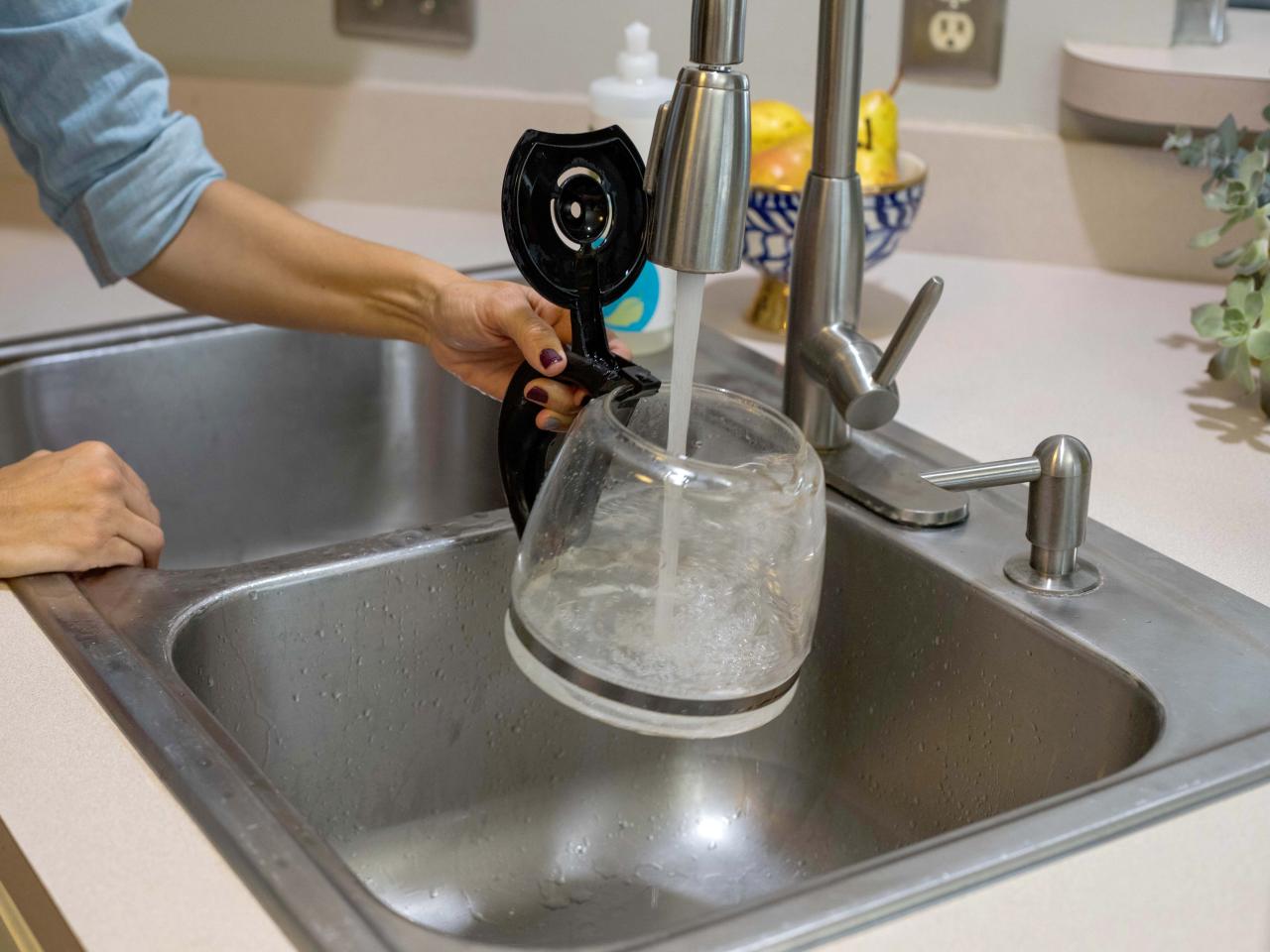
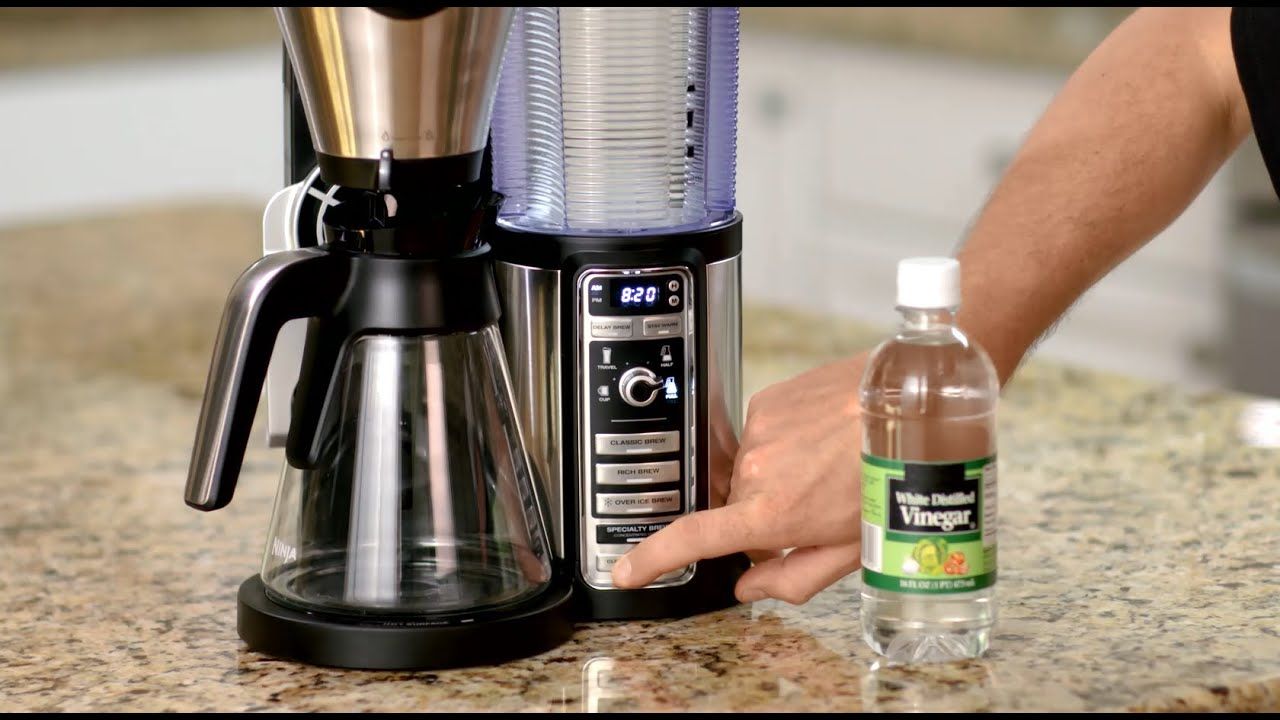
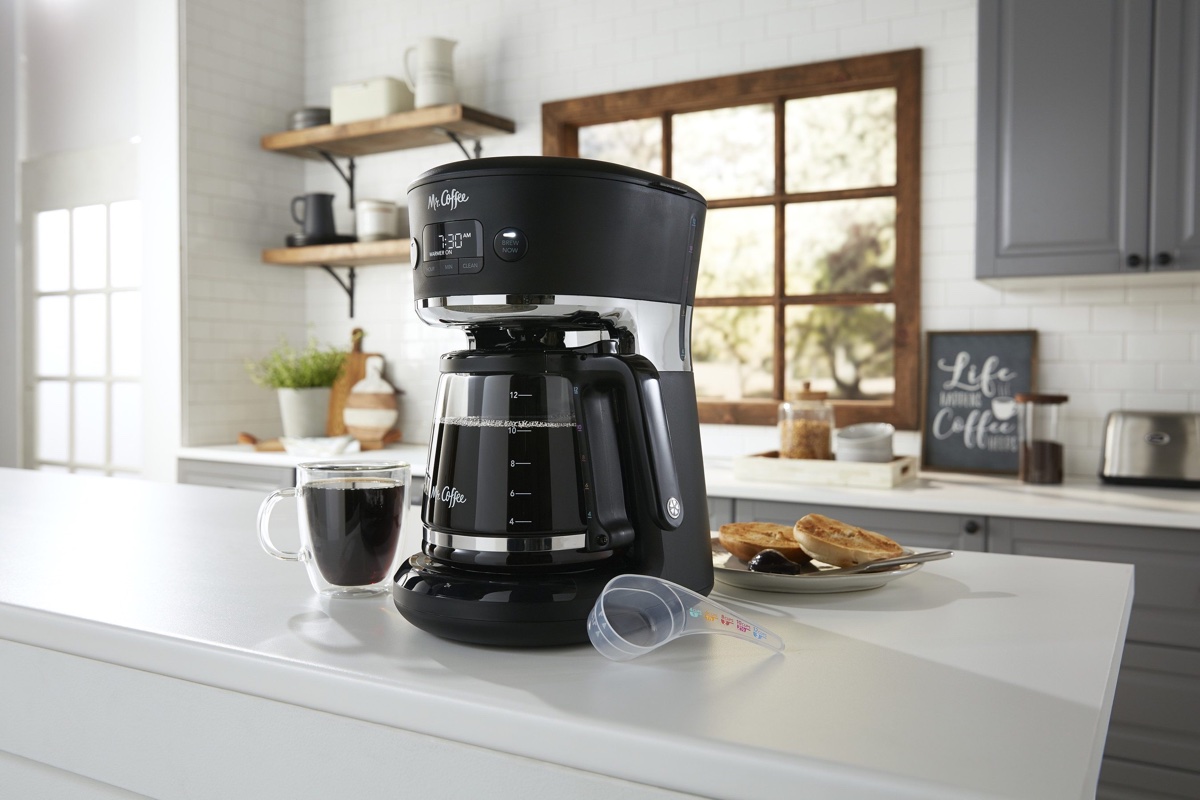
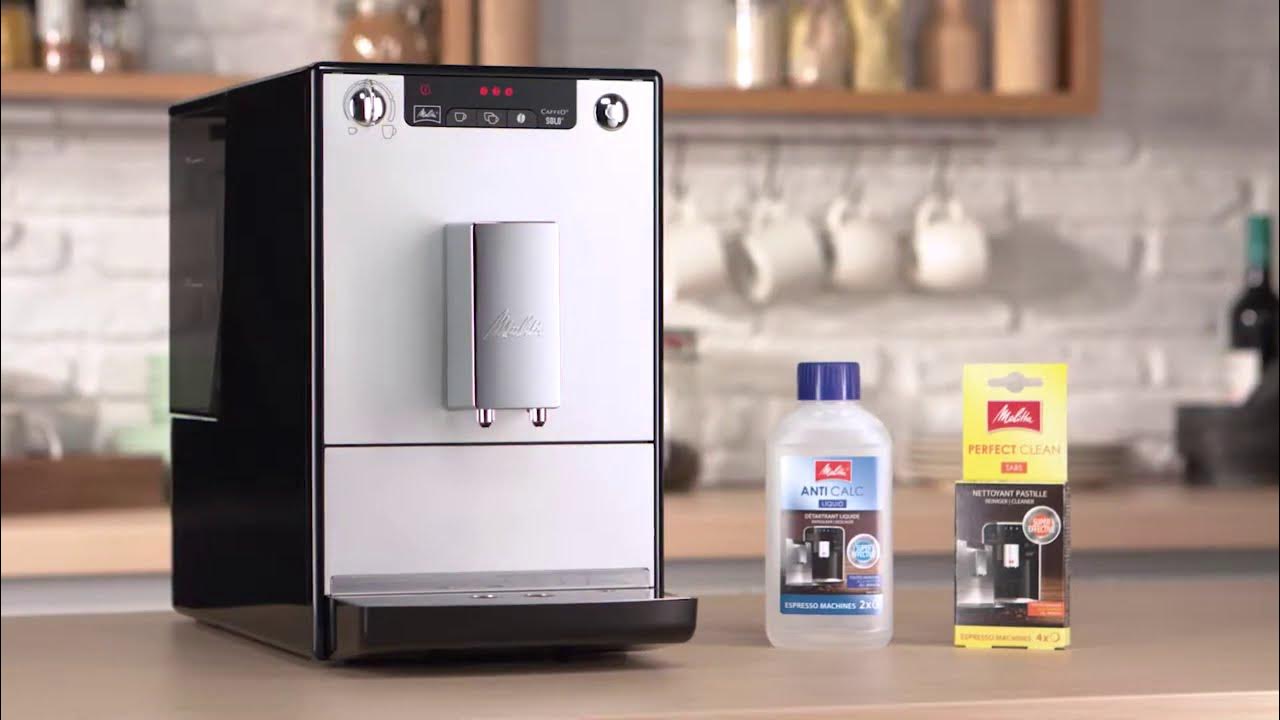
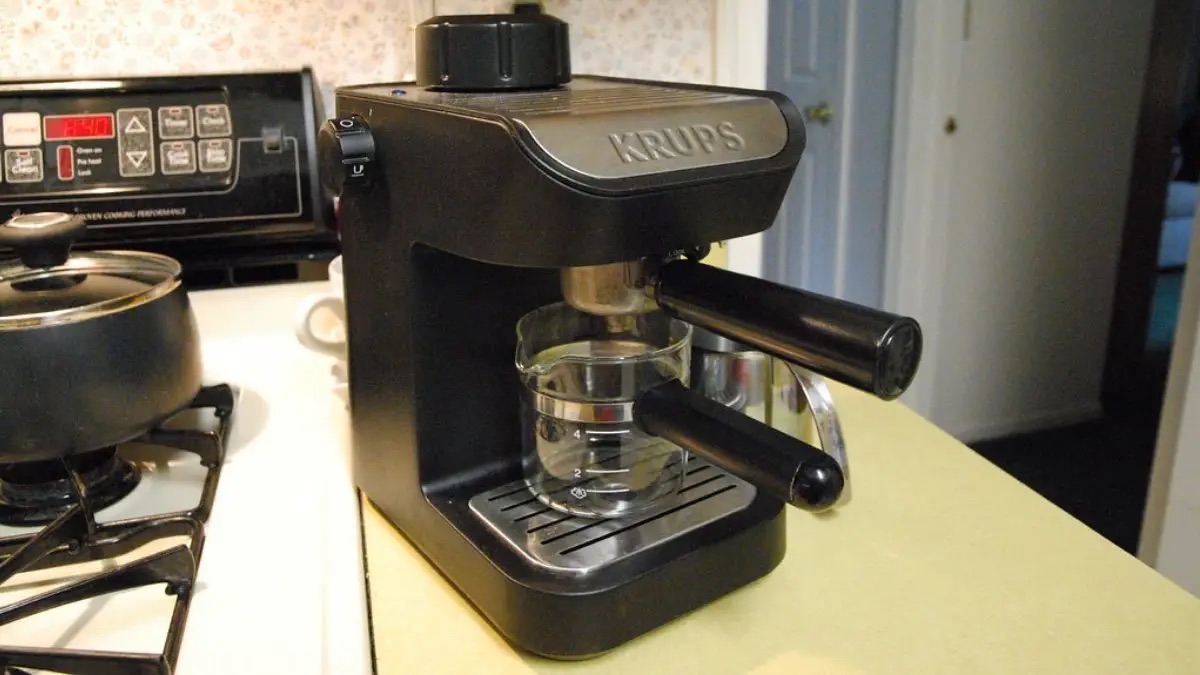
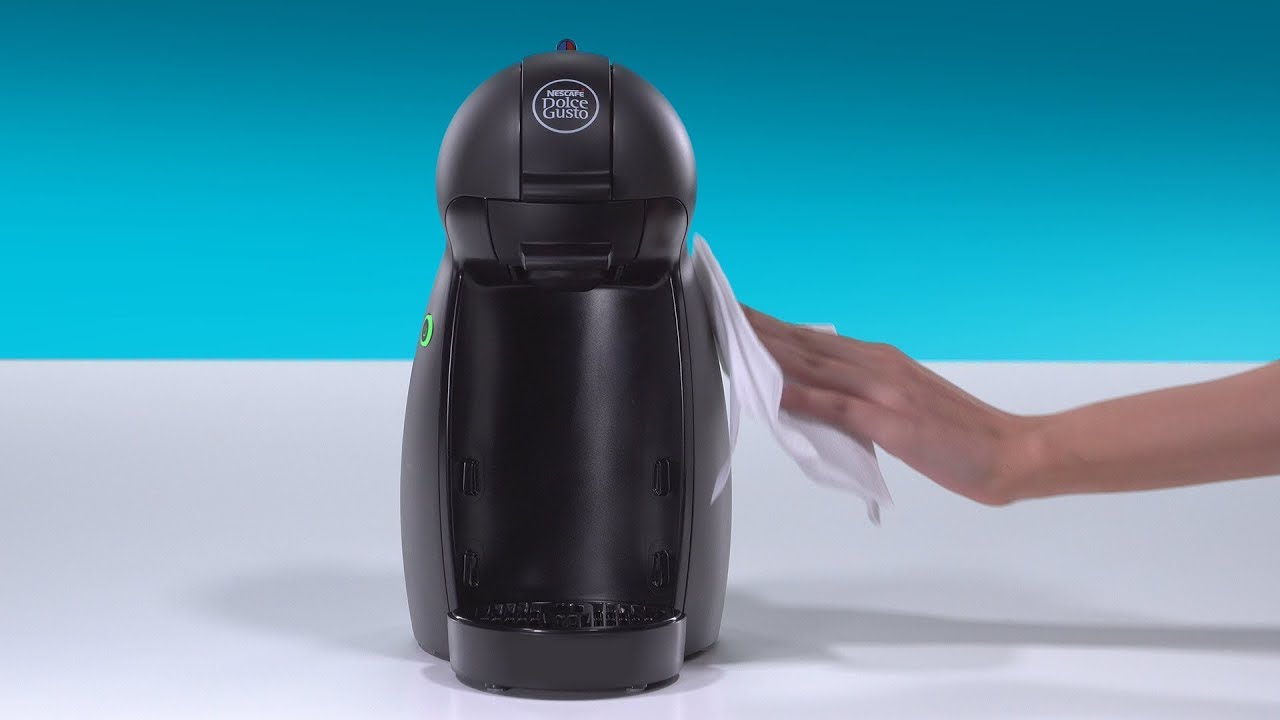
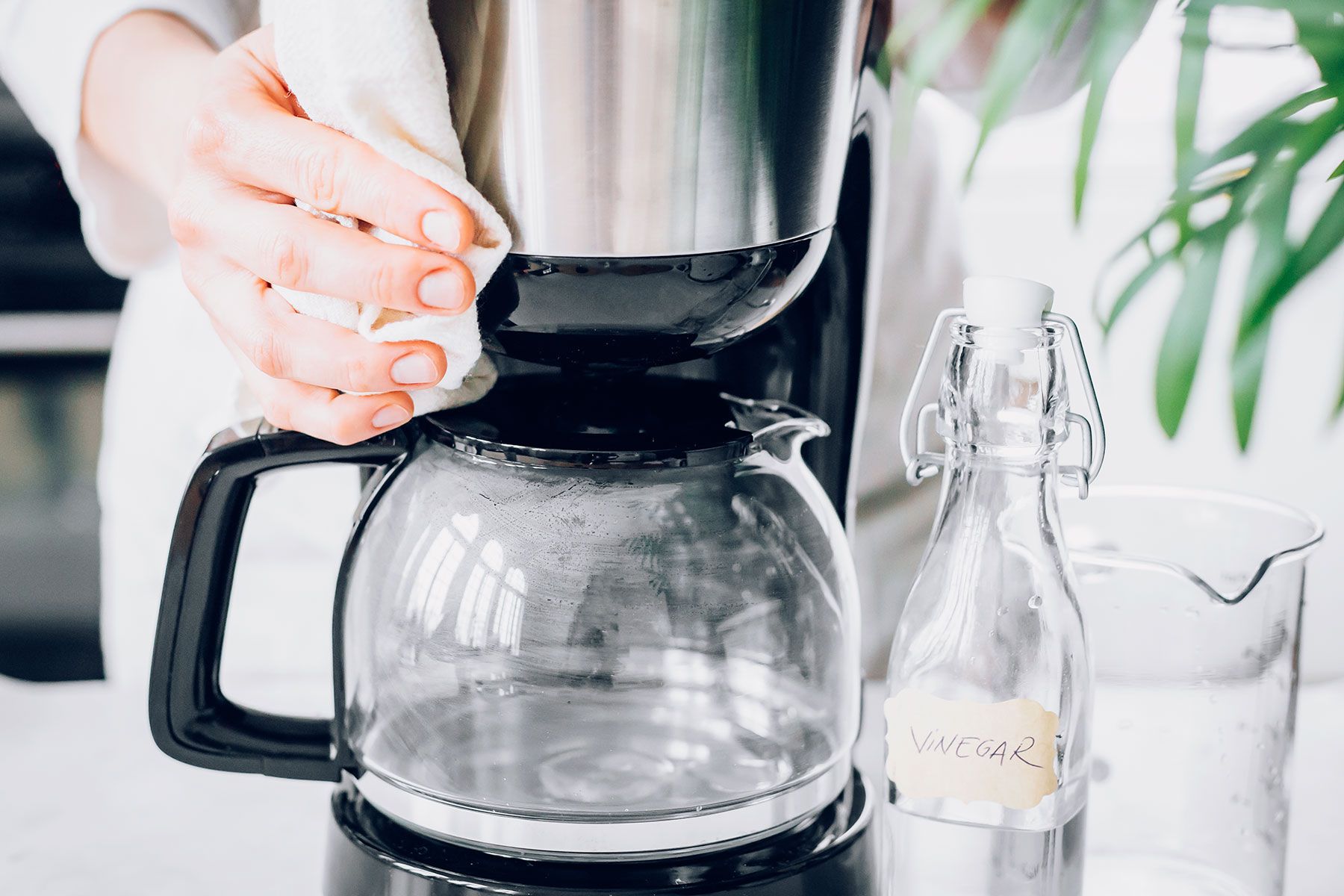
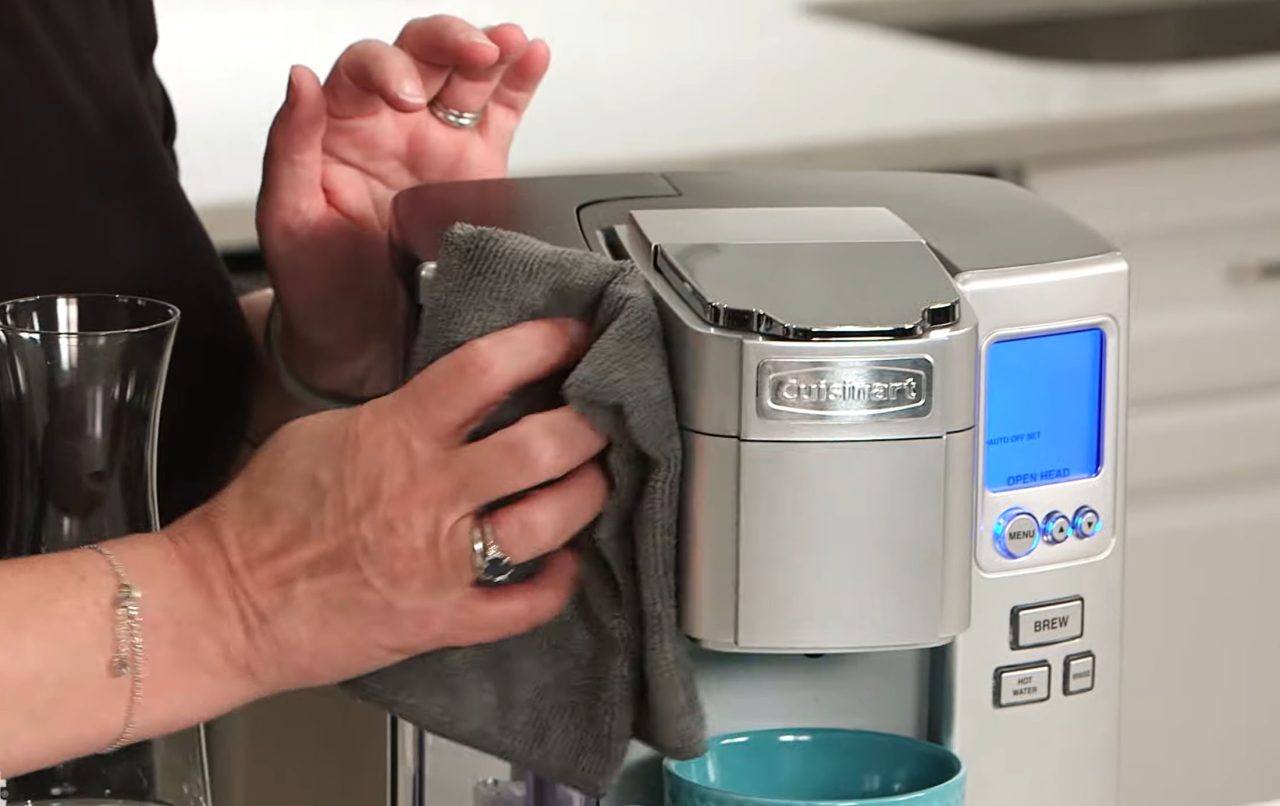
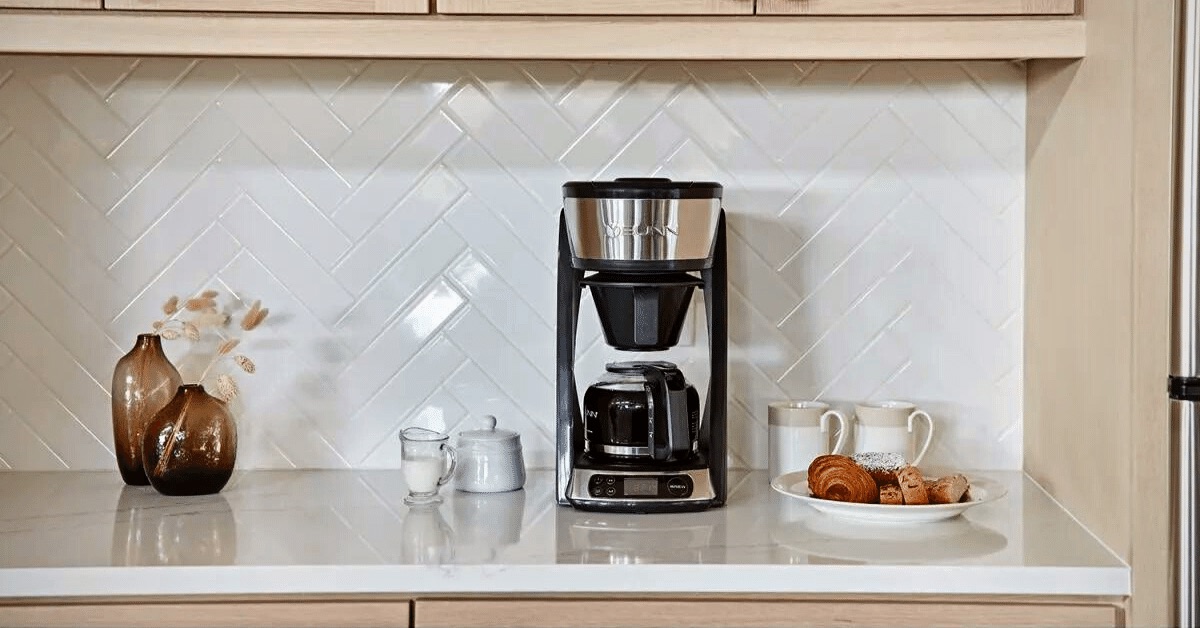
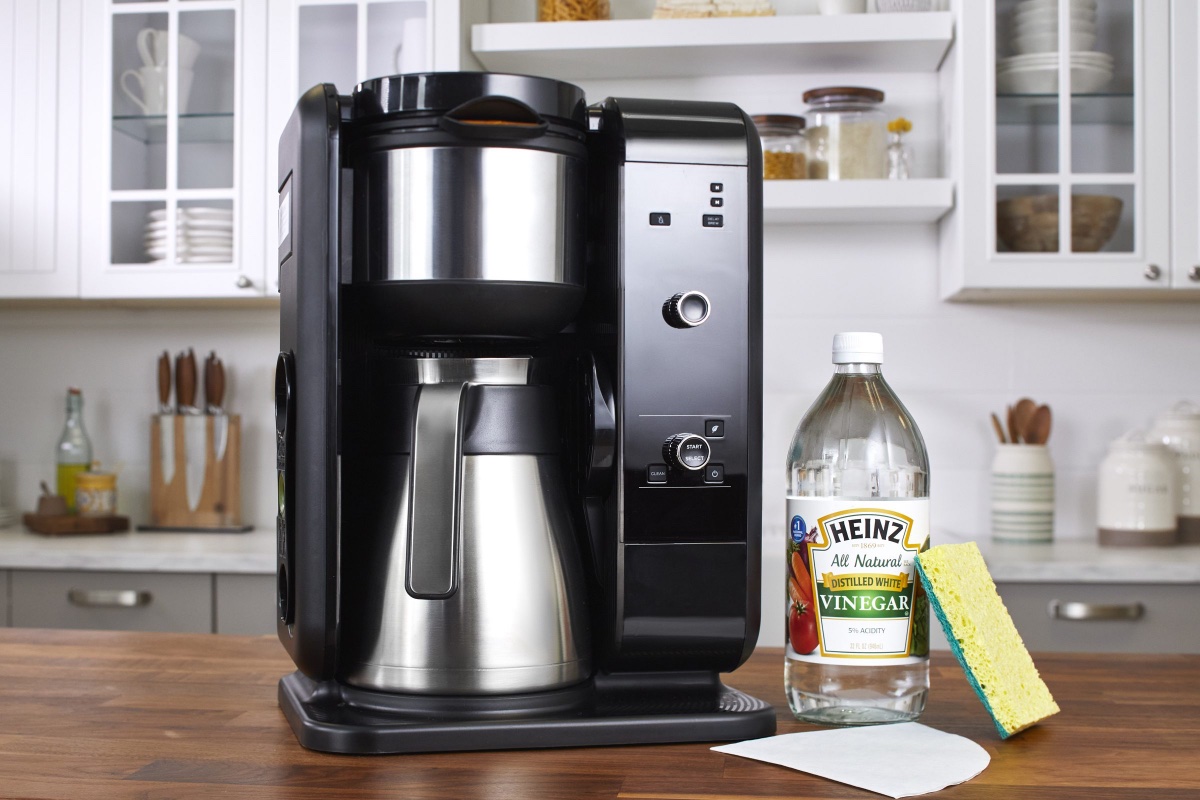
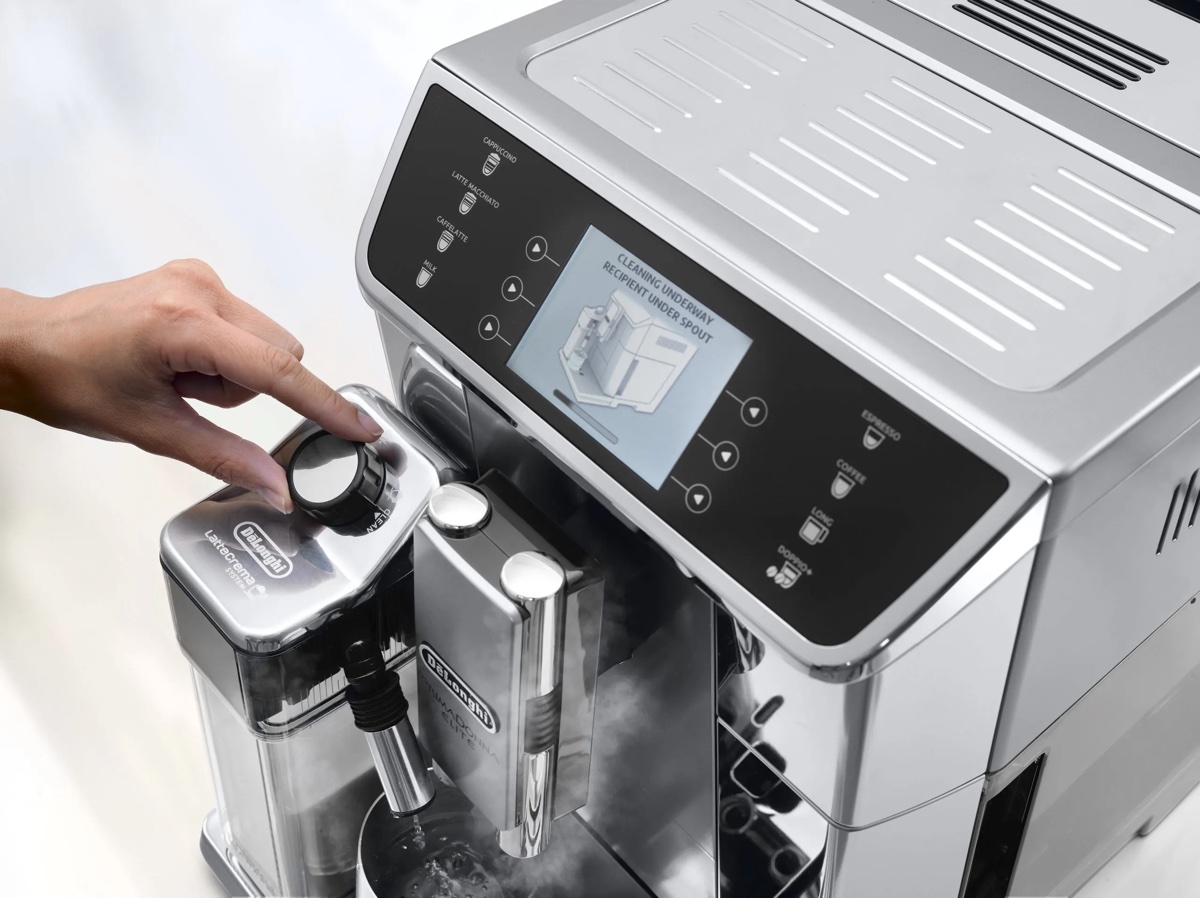
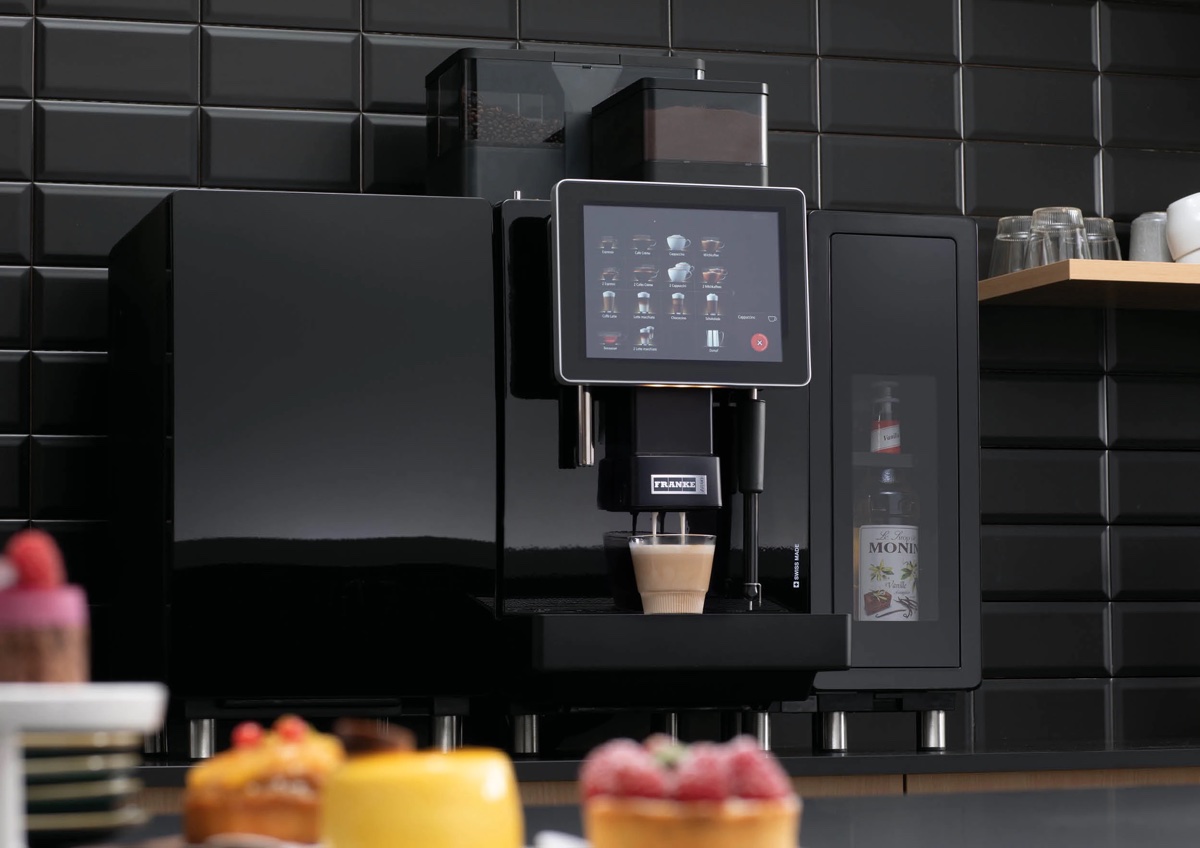
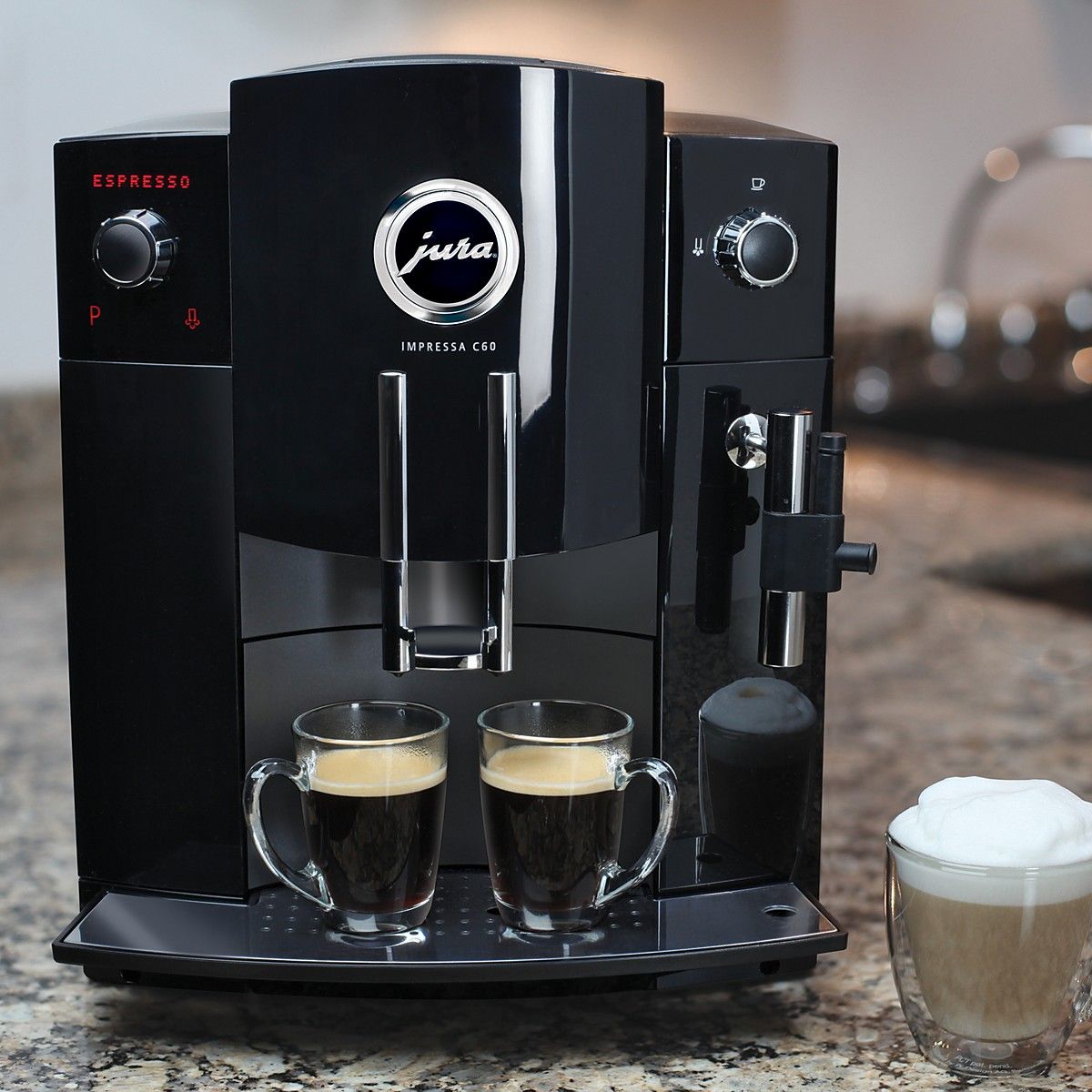

0 thoughts on “How To Clean A Commercial Coffee Machine”